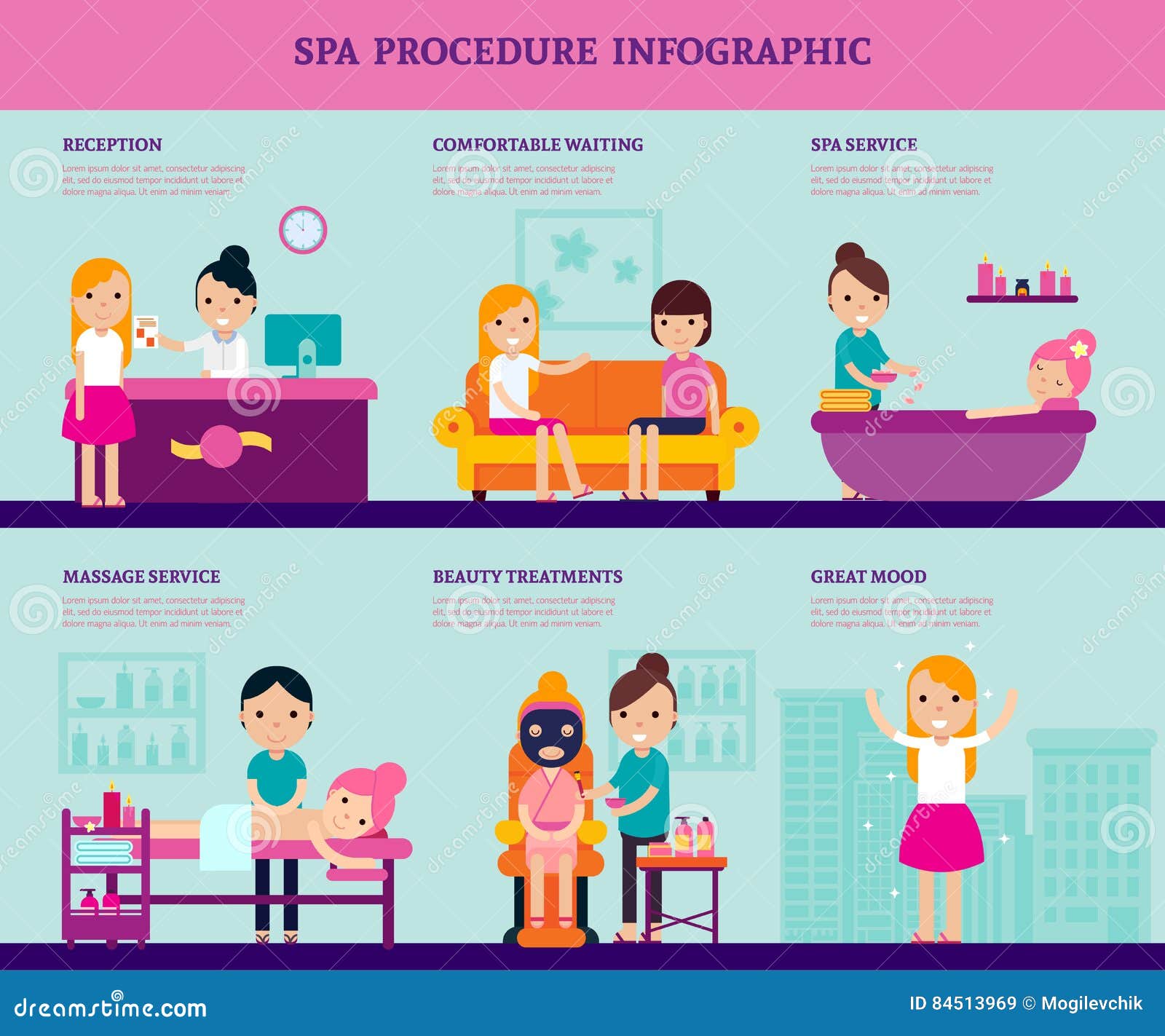The Role Of Dermatologists In Acne Care
The Role Of Dermatologists In Acne Care
Blog Article
Acne on Various Parts of the Body
Acne doesn't just affect your face, it can appear anywhere you have oil glands. These consist of the breast, shoulders and back. Also called bacne, it can be equally as unpleasant and uncomfortable as facial acne.
Both males and females can create blackheads and whiteheads on these body locations along with acnes. These include Papules topped with pus-filled lesions and severe nodular cystic acne.
Face
Acne happens when your pores get blocked with oil, dead skin cells and microorganisms. These build-ups generate inflammatory sores called acnes, or places. Acne sores consist of blackheads, whiteheads and papules, which ache, pink or red bumps that are loaded with pus (additionally called inflammatory papules). They might additionally consist of blemishes, which are hard, painful, pus-filled swellings and cysts, which are deep and often leave scars.
While acne poses no serious threat to your health, it can be unpleasant or humiliating, specifically if you have extreme acne that creates scarring. It normally shows up throughout the adolescent years and can last for 3 to 5 years.
Back
Acne on the back, additionally called bacne, can base on the shoulders and top back. This kind of acne establishes when skin hair pores get blocked with dead skin and sweat or oil created by the sebaceous glands. These blocked pores can lead to whiteheads, blackheads, pimples, papules, cysts or nodules.
The shoulder and back have more sweat glands than the face, making them at risk to acne outbreaks. Teens and expectant females might have extra back acne because of hormone modifications. Friction from ill-fitting clothes and backpacks, as well as entraped sweat, can intensify the problem.
Basic way of life tactics can help take care of bacne and protect against future episodes, such as bathing after exercise and cleaning linens regularly. Non-prescription topical cleansers and creams with salicylic acid or reduced concentrations of benzoyl peroxide can remove excess oil and unblock pores.
Breast
Like deal with acne, chest breakouts take place anywhere oil glands are focused. They are most typical in areas where sweat can get entraped such as in skin folds up. It can establish in both men and women of every ages.
Acne on the upper body can happen when excess sebum combines with dead skin cells and bacteria obstructing hair roots and pores. The breast is prone to this because it has even more oil glands than various other parts of the body.
Extreme sweating followed by a failing to clean, aromatic perfumes or fragrances, irritant components in skin care products and drugs like steroids, testosterone supplements and mood stabilizers can all contribute to upper body outbreaks. Anybody with a persistent upper body outbreak ought to talk to their medical professional or skin specialist.
Buttocks
While it's not often discussed, acne can take place anywhere on the body that contains hair follicles. more info Clogged up pores and sweat that collect in the buttocks can bring about booty acnes, especially in females who have hormone discrepancies like polycystic ovary syndrome. Reaching the root of the problem calls for a complete assessment by a board-certified dermatologist.
Acnes on the buttocks can be as a result of a range of conditions, consisting of keratosis pilaris and folliculitis. They resemble acne as a result of their flushed look, but they're normally not actually acne. People can stop butt acne by wearing loosened clothing and bathing frequently with anti-bacterial soap or a noncomedogenic cleanser.
Arms
While more study is needed, it's possible that acne on the arms might be triggered by hormone changes or inequalities. Hormonal variations can set off excess oil manufacturing, resulting in outbreaks. Friction from limited clothes or too much rubbing can additionally irritate the skin, adding to arm acne.
If what resemble acne on the arms is red, splotchy and itchy, it can actually be hives or dermatitis. If you are unsure, speak to a dermatologist to get to the bottom of what's triggering your symptoms.
Washing the skin regularly, particularly after sweating or exercising, can help maintain arm acne at bay. Subjected Skin Treatment provides a body clean that is gentle on the skin and aids prevent inflammation and unblocks pores.
Legs
Although the face, back and upper body are the most typical places to get acne, the problem can show up anywhere that hair roots or oil glands exist. These consist of the groin, upper arms, and legs.
Unlike the bumps that show up on your cheeks and temple, the bumps on your leg are commonly not acnes yet rather inflamed, red roots called folliculitis. Acne on the legs can be brought on by hormonal modifications, sweat and rubbing, or a diet plan high in milk and sugar.
If you have folliculitis, your bumps might look like blackheads (open comedones that show up black as a result of oxidation of sebum and dead skin cells) or whiteheads (closed comedones that are defined by tiny, dome-shaped papules). Your blemishes can likewise show up as red or pink pus-filled lesions called pustules or nodules and cysts.